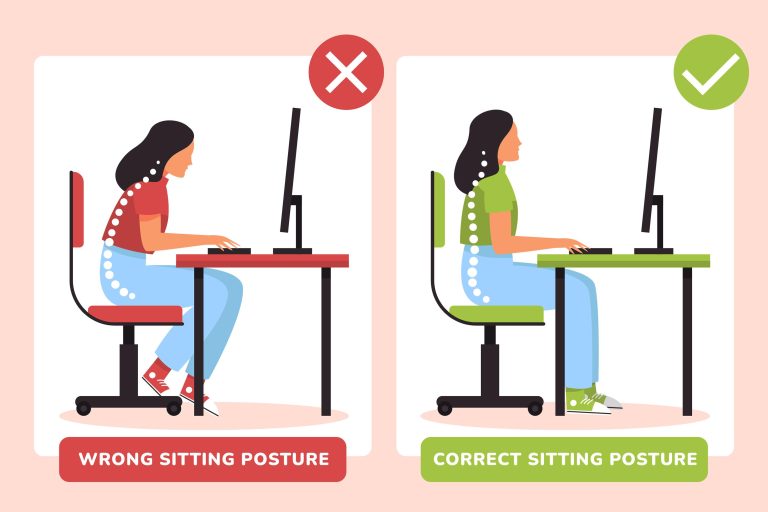Posture Matters: Orthopedic Advice for Desk Job Workers
With more people working long hours at desks, posture-related problems have become increasingly common. Poor ergonomics can lead to chronic neck pain, back pain, headaches, and even carpal tunnel syndrome. Over time, this can result in long-term musculoskeletal issues.
A proper ergonomic setup is essential. Your monitor should be at eye level, chair height should allow your feet to rest flat on the floor, and your keyboard and mouse should be within comfortable reach. Regular breaks every 30–60 minutes can prevent stiffness and improve circulation.
Simple stretches and mobility exercises during the day can greatly improve posture and reduce pain. Strengthening the core muscles and practicing mindfulness of posture can prevent slouching and shoulder rounding. Using sit-stand desks or standing periodically while working is another effective strategy.
Employers should promote a culture of wellness and invest in ergonomic assessments and equipment. For individuals, being aware of their posture and making small adjustments consistently can lead to big changes in comfort and productivity.







